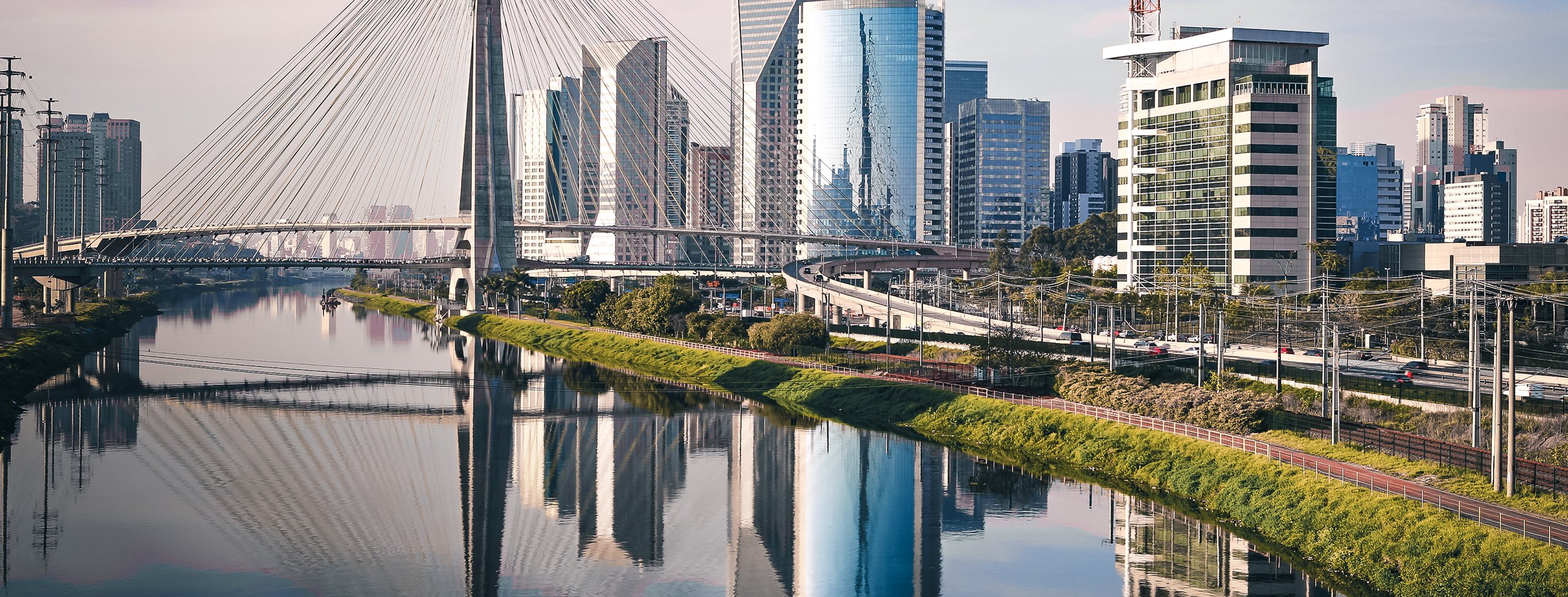
27 March 2023 • 5 minute read
Key developments and challenges in Latin America’s anti-corruption system
Most countries in Latin America made no significant strides during 2022 in their legislative efforts to prevent, punish, and combat corruption.
That is the key finding of the Latin American Anti-Corruption Assessment 2021-2022, a study of 17 Latin America countries.[1]
In the public sector
Notwithstanding that most countries in Latin America have and extensive anti-corruption legal framework, the insufficient independence and capacity of the judicial authorities in countries like Guatemala, Mexico, and Peru, among others, along with the lack of adequate human and economic resources to support the anti-corruption agencies, represent a challenge in the applicability of such legal framework, rendering it insufficient or inadequate.
Likewise, many of the legislative efforts of 2022 focused on sanctioning criminal conduct rather than establishing effective mechanisms to prevent or report corruption. For instance, in 2021 Brazil enacted a law that included the need to prove the malice to establish an act of impropriety or responsibility of public officials and private parties involved in act against the public administration.
Many countries have prevention policies in place aimed at the public sector, but the same are ineffective. In general, the current regulations need to be updated in order to strengthen the mechanisms to prevent conflicts of interests, external activities and post-employment obligations of public officials.
In the private sector
Similarly, in many countries where there are anti-corruption mechanisms covering the private sector, there are no guidelines to ensure compliance and monitoring. For instance, in Argentina, no sanction has been imposed since such its anti-corruption laws were enacted. Much the same is true in other countries across the region, which emphasizes the lack of capacity of the authorities.
Furthermore, the implementation of a compliance program is not mandatory in some countries of the region, such as Brazil and Mexico. Notably, however, the courts may take into consideration any compliance with the anti-corruption measures when imposing a penalty. In some other countries, like Bolivia, there is no compliance legislation at all nor norms that oblige companies to implement anti-corruption policies or codes.
Protecting whistleblowers
While most countries in Latin America set out general reporting mechanisms for whistleblowers, about half do not have protective measures for whistleblowers. Likewise, in most of the countries, among them Argentina, Bolivia, and Brazil, penalties can be reduced if the whistleblower involved in an act of corruption cooperates in providing useful information in the respective investigation.
Anti-corruption authorities
The vast majority of the countries across Latin America, among them Mexico and Peru, report that the anti-corruption authorities do not have the necessary autonomy and independence to prevent, investigate, and sanction acts of corruption.
Coordination mechanisms
Likewise, in most of the countries of Latin America, the coordination mechanisms among authorities are nonexistent, insufficient or not used. There are countries like Argentina, that do not have cooperation mechanisms among institutions and agencies in the efforts to prevent, investigate, and sanction corruption. In some other countries like Bolivia, such mechanisms may exist on paper, but not in practice. A few other countries, like Brazil and Chile, do have de facto mechanisms that do function effectively.
Participation of civil society
Most Latin American countries have no specific participation mechanisms involving civil society in the fight against corruption. In few countries, some efforts have been made, like Argentina, which formed an Advisory Council for the Following of the Implementation of Initiatives (Consejo Asesor para el Seguimiento de la Implementación de las Iniciativas) which were incorporated into the National Anti-Corruption Plan 2019-2023. Various civil society organizations and business chambers are involved in this council.
In a few other countries, like Dominican Republic and Panama, there are active mechanisms for the participation of civil society in the prevention of corruption.
Transparency and access to information
In connection with transparency and access to public information, there have been important advances in the region. The vast majority of LatAm countries have a system that allows access to public information via request to government authorities.
Moving ahead in 2023
Although the baseline for a legal culture of anti-corruption has been created, it is necessary that, in addition to the legal framework that already exists, new strategies emerge that will allow effective implementation of anti-corruption measures. To achieve this, what needs to be seen in 2023 are efforts across the region to design and implement effective legislation and norms and enforce the application of guidelines that strengthen both public sector integrity and private sector integrity, as part of the mechanisms to prevent corruption.
Similarly, the modernization of the corruption prevention system in the public sector should be promoted through the development and implementation of digital tools and technology, as well as efficient coordination mechanisms among anti-corruption authorities. The reporting of acts of corruption should be incentivized and the protection of whistleblowers should be strengthened.
Finally, in order to achieve a deeper impact, countries should seek to promote before the Inter-American Commission on Human Rights national and regional recognition of the right to live in a country free of corruption.[1] Latin American Anti-Corruption Assessment 2021-2022 is a joint project of the Lawyers Council for Civil and Economic Rights and the Cyrus B. Vance Center for International Justice. Download the report here.
